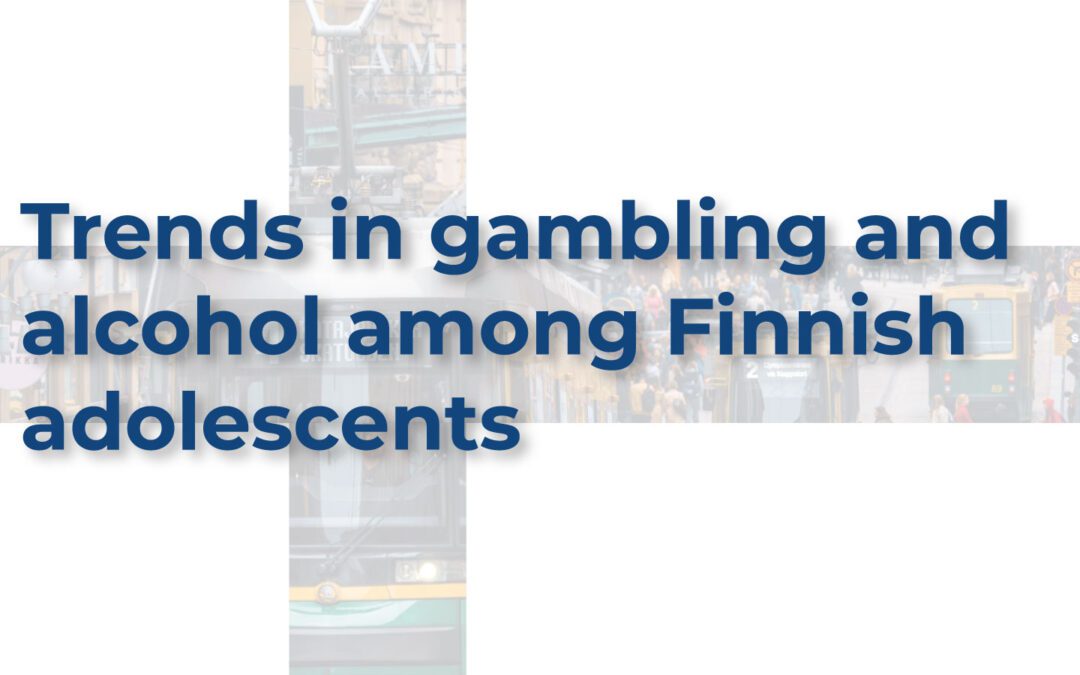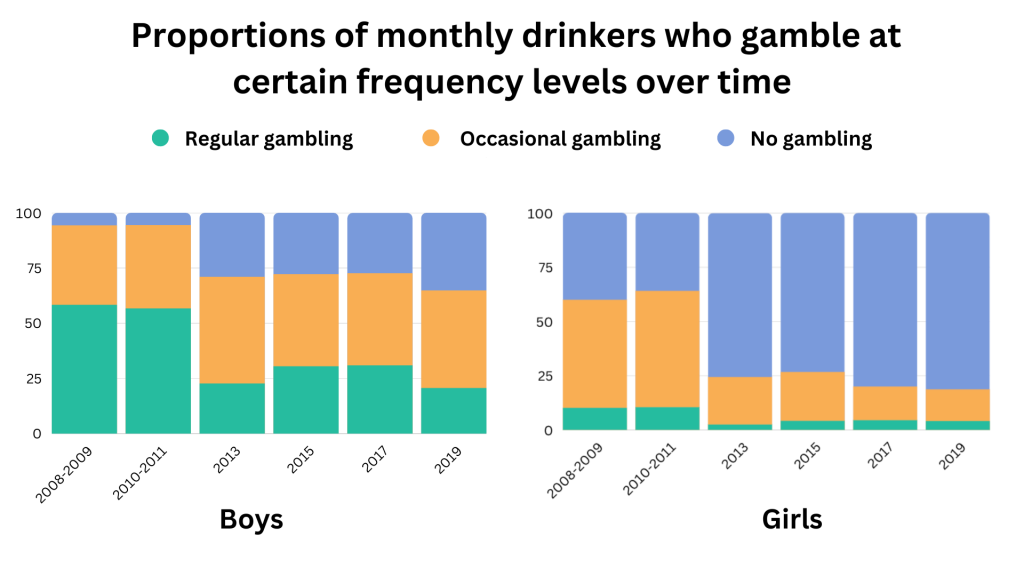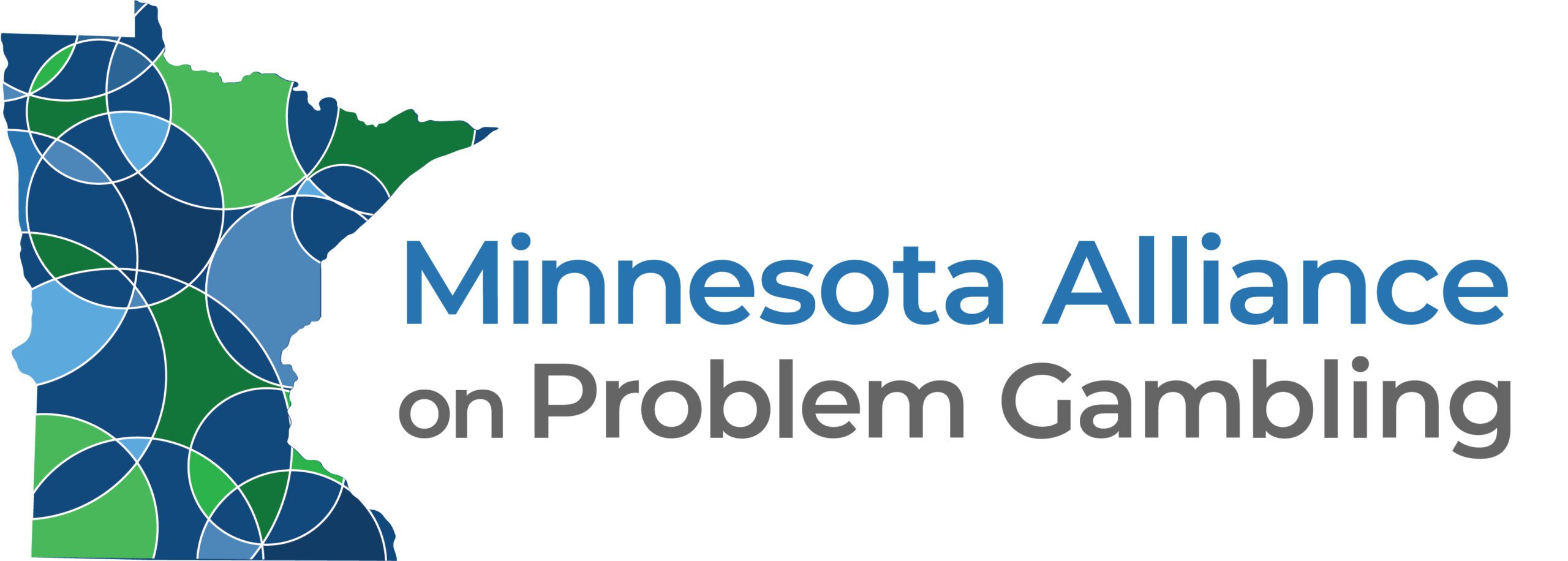
The WAGER, Vol. 28(10) – Trends in gambling and alcohol use between 2009 and 2019 among Finnish adolescents
By Annette Siu
See original article on The BASIS HERE.
Adolescence is a developmental period during which risky behaviors—such as gambling and alcohol use—tend to emerge. In Finland, gambling and alcohol use among underage adolescents is common. Advising adolescents on the potential harms of risky behaviors is important because gambling at an early age is associated with a greater risk of developing addictive behaviors such as problem gambling and alcohol dependence later in life. This week, the WAGER reviews a study by Tiina Latvala and colleagues that examined trends in the relationship between adolescent gambling and alcohol use between genders over time.
What were the research questions?
(1) What trends are there in the relationships between gambling, alcohol use, and drunkenness among Finnish adolescents? and (2) How have these trends changed from 2009 to 2019?
What did the researchers do?
The researchers used data collected biannually from 2009 to 2019 from the School Health Promotion Study (SHPS). The SHPS is a national cross-sectional study that asks 14-16 year olds in Finland about their health behaviors and school experiences. The researchers measured the frequency of gambling and alcohol use by asking the questions, “How often do you gamble?” and, “How often do you use alcohol altogether, e.g., half a bottle of beer or more?” They measured the frequency of drunkenness by asking, “How often do you use alcohol until you are really drunk?”. Among those who used alcohol or got drunk at least once a month, the researchers classified respondents as regular gamblers (gambled at least once a week), occasional gamblers (gambled 2-3 times a week), or non-gamblers, and studied how many respondents fell into these categories each year.
What did they find?
Among boys who reported using alcohol at least once a month, regular gambling became less prevalent over time while occasional gambling and non-gambling became more prevalent. In the first year of data collection, 58.3% of boys who drank at least once a month were regular gamblers, but this number dropped to 20.6% by 2019 (see Figure). Girls who reported using alcohol at least once a month gambled less overall across the study period. Trends were similar for boys and girls who got drunk at least once a month (not shown). Overall, gambling, alcohol use, and drunkenness were more common among boys compared to girls. Gambling was also more common among adolescents who used alcohol or who had gotten drunk compared to those who were not using alcohol or had not gotten drunk.

Figure. This figure displays the proportions of regular gambling, occasional gambling, and no gambling among boys and girls in Finland who reported using alcohol at least once a month from 2009 to 2019. Click image to enlarge.
Why do these findings matter?
Although the prevalence of adolescent gambling decreased over time between 2009 and 2019, there was still a significant proportion of underage adolescents who reported gambling. Additionally, those who used alcohol were also more likely to gamble, which suggests that there is a potential clustering of problems among adolescents. To decrease risky behaviors among adolescents, it is important to address social determinants of health through preventive interventions at the individual, community, and societal levels. Potential interventions include stricter enforcement of gambling policies, increasing education about potential harms resulting from risky behaviors among youth, and more.
Every study has limitations. What are the limitations in this study?
This study was conducted in Finland, so the findings about adolescent gambling and alcohol use might not be generalizable to other countries with different gambling regulations and attitudes. Additionally, because this study used self-report measures, the responses might be impacted by social desirability bias.
For more information:
Individuals who are concerned about their gambling behaviors or simply want to know more about problem gambling may benefit from visiting the National Council on Problem Gambling. The National Institute on Alcohol Abuse and Alcoholism has tips and resources for people struggling with problem drinking. Additional resources can be found at the BASIS Addiction Resources page.
